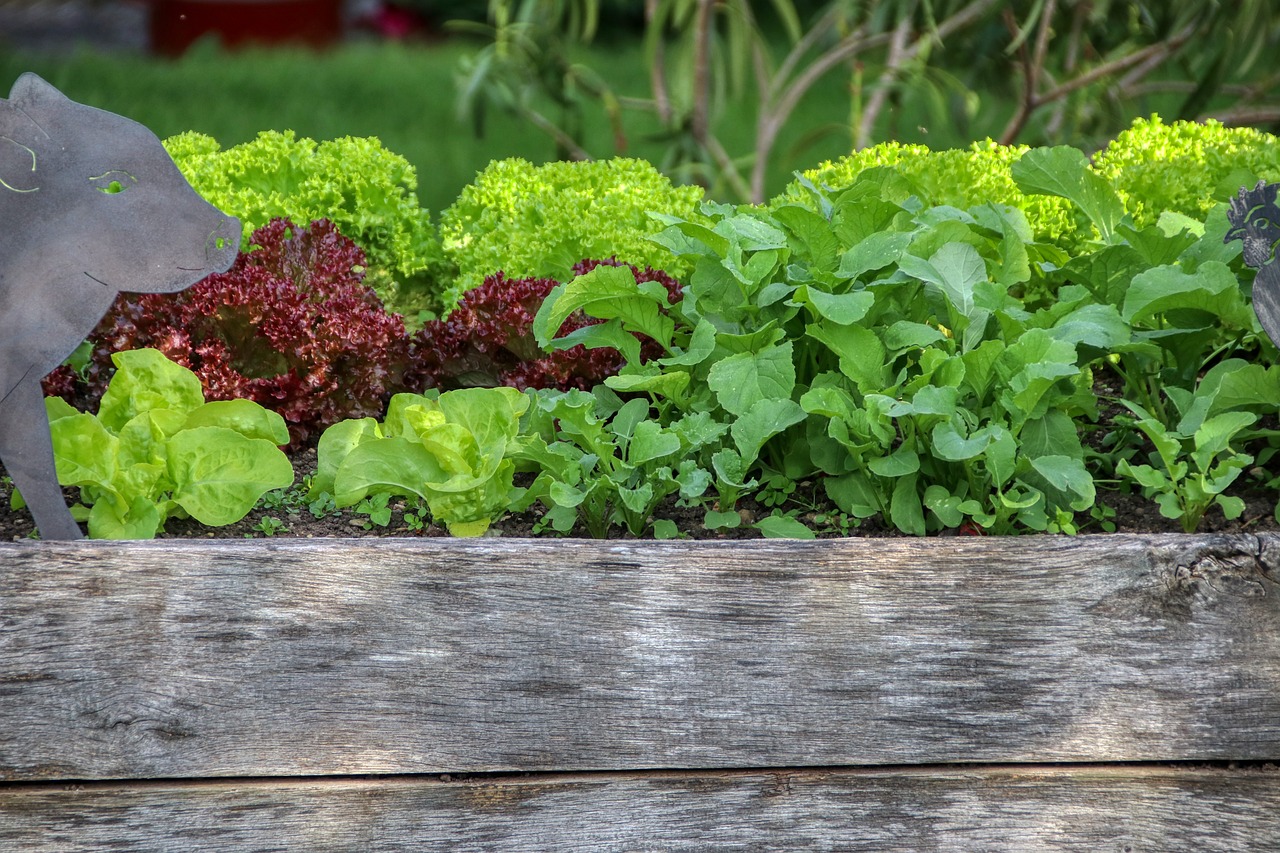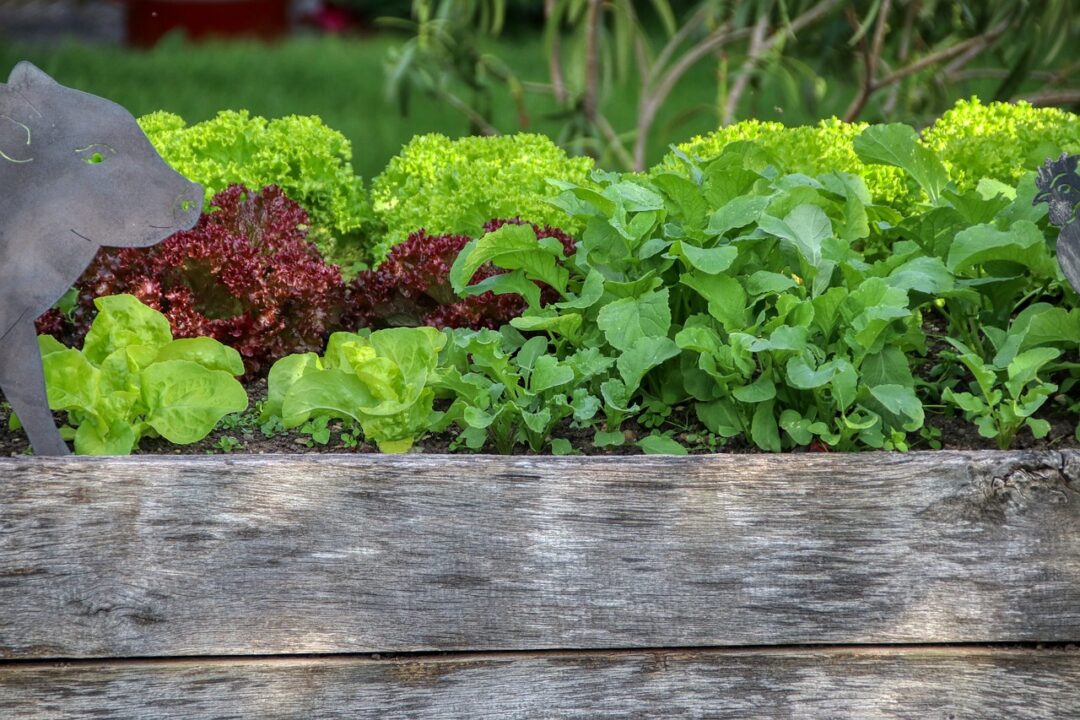
Image by Alexander Fox | PlaNet Fox from Pixabay
The benefits of raised beds
Adding raised beds to your garden is a great way to make the most of your outdoor space.
First and foremost, they help to ensure plant health. The improved soil quality gives your flowers and produce the nutrients they need while the elevation provides better drainage and deters garden pests. It’s also easier to control weeds and manage common plant diseases in this format.
Another advantage of raised beds is their aesthetic appeal. They add style to your outdoor space as they are ornamental and attractive, and can be rearranged in a day if you ever want to switch up the overall look.
Raised beds also add organisation, further elevating your design and making it easier for you to look after your plants.
Making your raised beds
Choosing your location
Before you start constructing your raised beds, you should choose your locations. This will ensure that you create beds that are the right size and shape for your intended spaces.
Your spot should receive a minimum of six hours of direct sunlight each day and be relatively flat. Avoid placing your raised beds against a wall or fence as this will make it harder to tend your plants.
Buying your materials
You can buy readymade beds, but you could also build a DIY raised bed to your exact specifications with the right materials.
Avoid treated wood as chemicals may leak into the soil over time. Similarly, avoid using wood that will decay easily in periods of bad weather. Reliable long-lasting woods include cedar and oak, or you can opt for stone or brick to ensure that your raised beds stand the test of time.
Don’t make your beds too large or you will have trouble reaching over to tend to the central area. The depth of each bed will depend on what you want to plant. The minimum depth for most flowers is 20cm, but vegetables require 45cm – 60cm to root deeply enough to be successful.
Choosing your plants
Many people use their raised beds to grow their fruit and vegetables. Produce that suits this environment includes spring kale, beans, and tomato plants that are prolific in summer and autumn carrots and squash. Herbs also thrive well in raised beds, providing you with fresh cooking ingredients for much of the year.
If you’d rather use your raised beds for decoration, lavender thrives in this format and makes for beautiful borders with an enticing scent. You can also make a splash with vibrant geraniums and daffodils.
Preparing the bed
Once you’ve got all of your components, you can begin preparing the bed.
Begin by adding a layer of mulch at the base before you fill it in with soil. This will help to keep your plant roots hydrated while safeguarding against weeds. Your soil should be designed for use in raised beds as normal garden soil or nutrient-dense topsoil can become too compacted, leaving the beds waterlogged.

